Yega Shefi coffee producing area Kocher single coffee beans sun washed coffee beans flavor characteristics difference
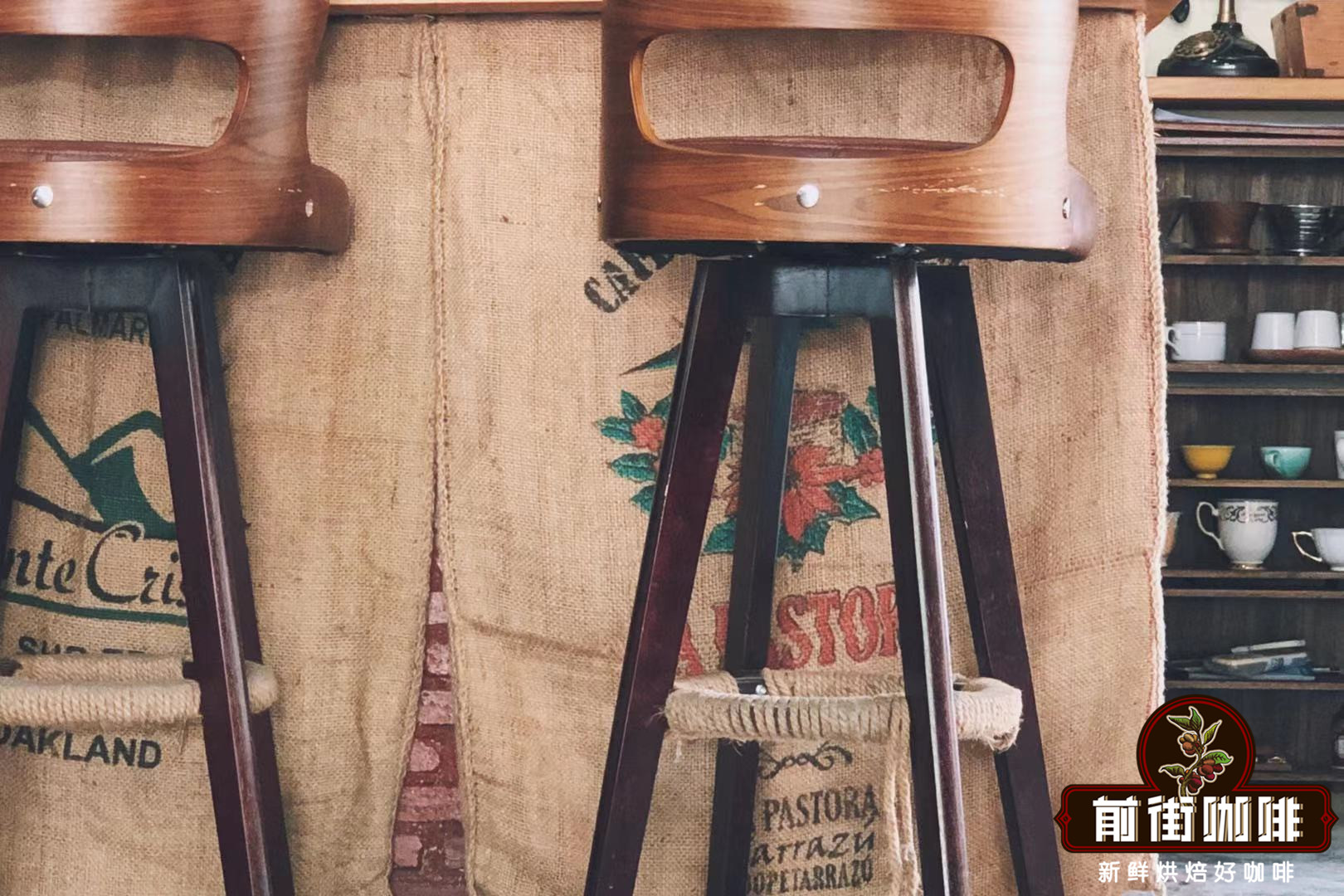
Professional coffee knowledge exchange more coffee bean information please follow the coffee workshop (Wechat official account cafe_style)
As far as coffee is concerned, Qianjie believes that in addition to varieties, producing areas and planting methods, there is also an important process-coffee raw bean treatment, different treatments will lead to different coffee bean flavor. Qianjie Coffee has also mentioned in the article "how raw bean treatment affects coffee flavor" that sun treatment and water washing treatment have a lasting effect on the flavor of coffee, so the treatment of coffee is very important. The taste of washed coffee is relatively "clean", showing its flavor more clearly, not only the rich fruit flavor, but also the beans themselves. Washed coffee beans usually have a more sour taste. The sun drying method can improve the alcohol thickness of coffee and fully release the various flavors of coffee. The flavor of sun-treated coffee beans is strong and obvious.
The same Yejia Chuefei, Sun Red Cherry Coffee and Yega Chefe Water washed Cochel Coffee show different flavors due to different treatment methods. The coffee in Qianjie chose Yega Chuefei Red Cherry Sun and Yega Xuefei Cochel washing to observe the differences and changes under different treatments. Let's follow the front street coffee to learn about the background of the bean producing area.
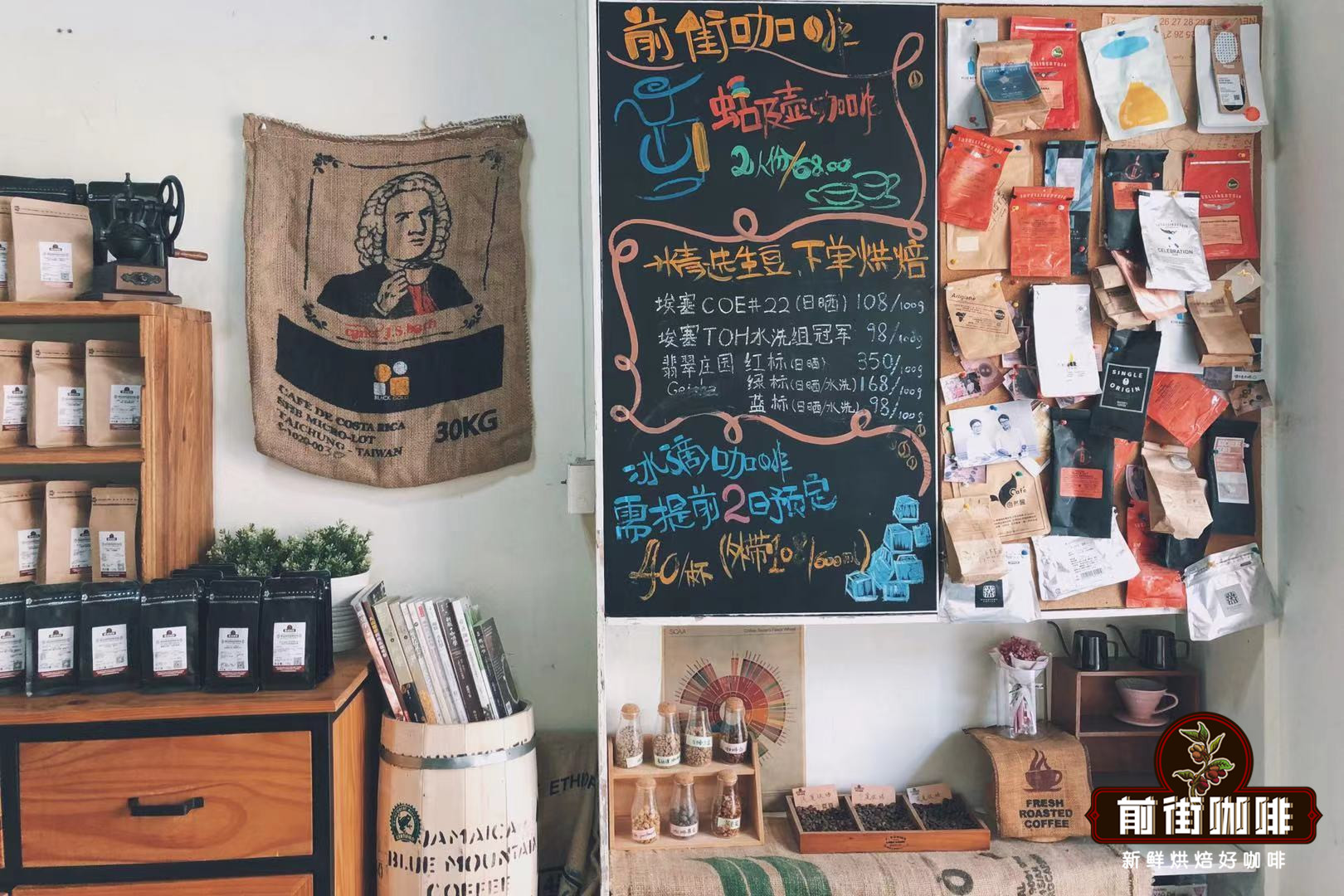
Cochell producing area
Cochel is located in a small producing area 25 kilometers southeast of Yegashafi, Ethiopia. It is a rich area for coffee production. It is also one of the three famous and micro-producing areas of Yegashafi. It has about 100,000 local residents, and coffee beans are the main source of income. The processing and processing equipment of this production area is very advanced. Coffee Review, a well-known coffee evaluation website, gave Kocher a high rating of 94 points for washed beans.
The most famous producing area in southern Ethiopia is the Yegashafi coffee producing area with the highest elevation, where more than 90% of the coffee is grown by local small farmers in a small area of agricultural land where vegetables and food are grown at home. This bean is produced in the southernmost Kochere region of the Yegashafi producing area, which is the best and largest of the four sub-producing areas. After the small farmers in Cochell sent the harvested bright red berries to the treatment plant, the plant staff picked out the unripe berries and placed them in the sun on the scaffolding; the whole process complied with the strict standards of G1 production.
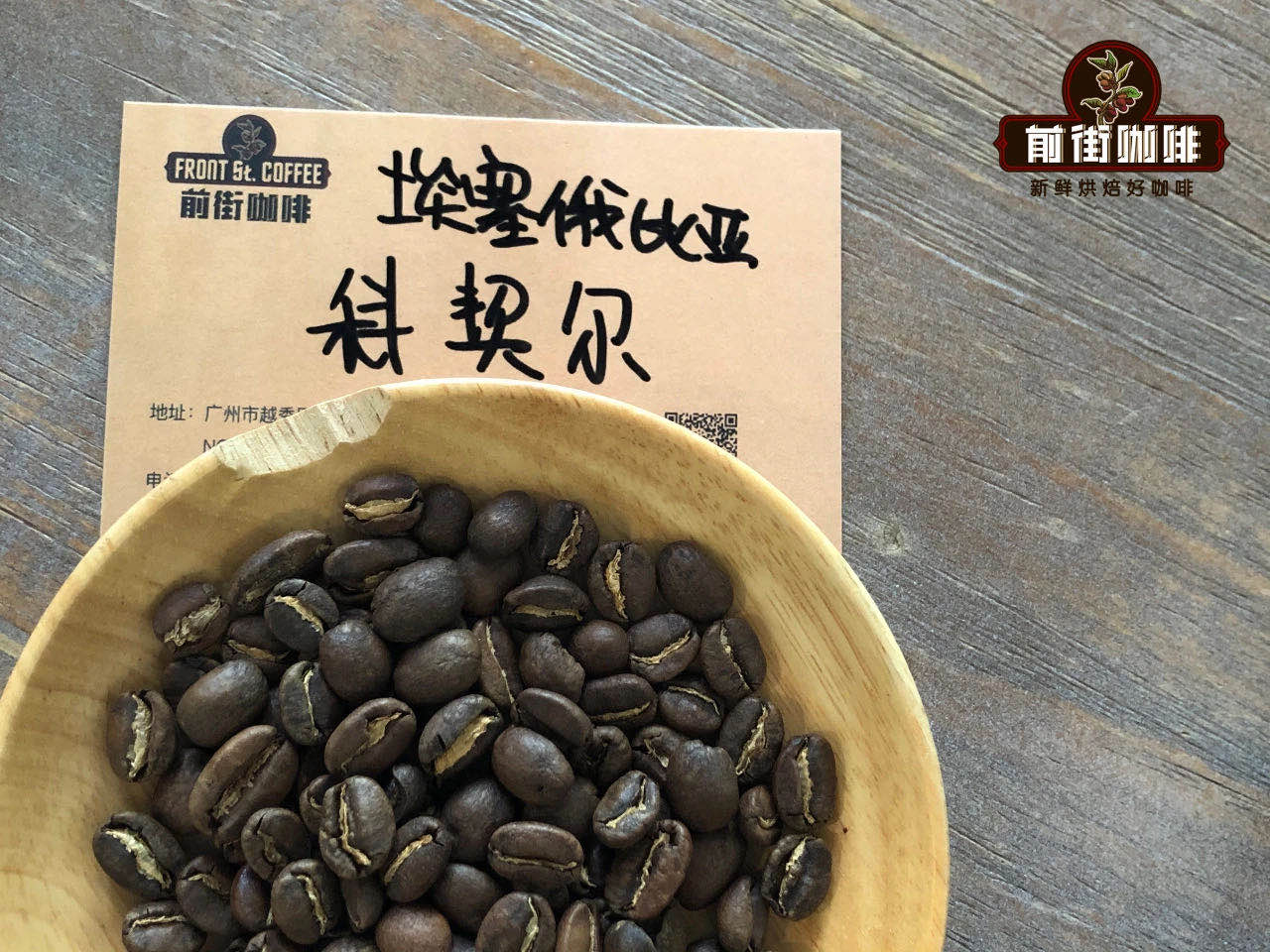
Ethiopia's main picking season is November and December, and most farmers do not use modern farming methods, use artificial care of coffee trees, and do not use harmful pesticides or herbicides. As a result, almost all coffee in Ethiopia is the default organic coffee, whether certified or not, the combination of original growth methods and precision processing makes the region's coffee world-famous. Due to the relatively advanced raw bean water treatment equipment in this producing area, there has always been a high level of performance in the field of washing treatment, which is praised for its clean and sweet complex tonality of honey and citrus. In the main local production mode, small coffee farmers will harvest red fruits and send them directly to the washing treatment plant of the neighboring cooperative for unified treatment. Other famous producing areas around Kochel are Wenago,Gelena,Abaya,Gedeb and so on.
Kochere is the 77 Woreda (Ethiopian administrative region) of SNNPR in Ethiopia. In the field of coffee, Cochelle is part of Gediyo in Yirgacheffe and is one of the most important producing areas of Yirgacheffe. Cochell can also be divided into several micro-producing areas, and the coffee produced in the region is sometimes named after the source town (such as Xuelitu Chelelektu or Danbo Teklu Dembel), the processing plant (such as Danbo processing plant Teklu Dembel and this batch of Alim processing plant) or micro-area (such as Banko Gutiti). The source of the batch is named in a more specific way, which is in line with the current trend of coffee about traceability. Of course, the stronger the tracebility batch, the more specific the source. The higher the stability and recurrence rate of the flavor each year, the higher the price.
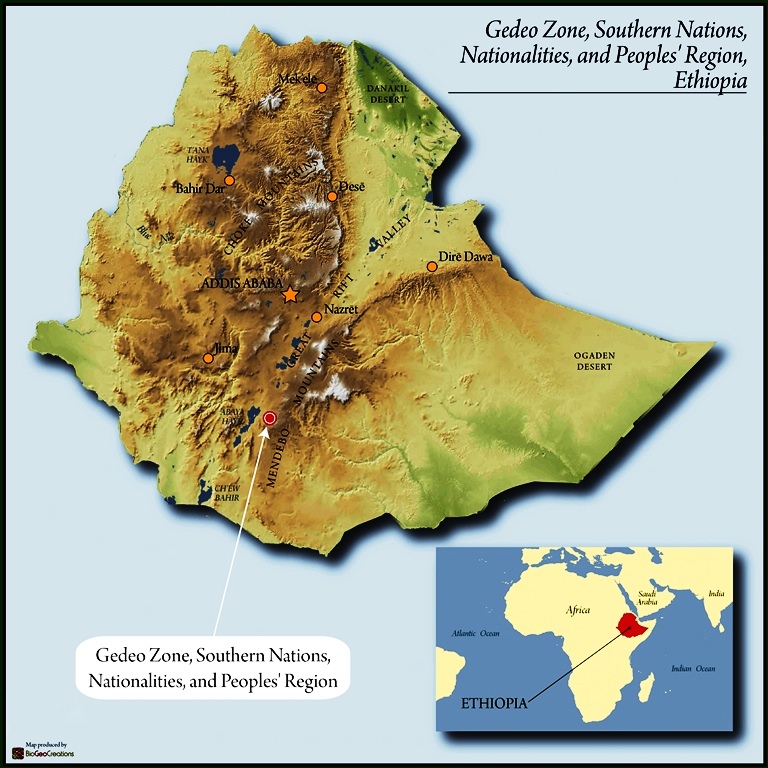
Different from the general batch of coffee raw beans, this batch of Yega Fischer belongs to the highest grade G1 and has strong flavor in the producing area. with clean and fresh lemon aroma and exquisite and elegant jasmine, melon, citrus, raw rice, spice tea and other rich aroma and taste. Yejasuefei itself is a small town of about 20, 000 people, and the three neighboring small producing areas, Wenago, Kochere and Gelena Abaya, are also classified as Yejashafi because they produce coffee with almost the same flavor. Yega Xuefei is similar to neighboring Sidamo in both cultural and geographical environment, but Yega Xuefei seems to be more favored to enjoy unique conditions. Top-quality Yega Chuefei coffee with floral aroma, bright citrus acid, lemon flavor, silky taste, always firmly grasp the eyes of lovers, under the growth tide of the boutique coffee industry. Coffee production in this area has always been the focus of international buyers.
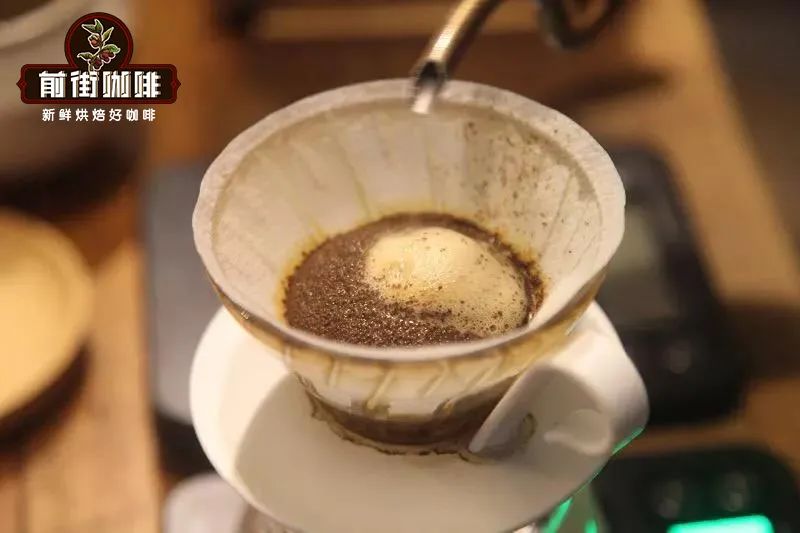
Cochell's production mode is mainly based on local small farmers sending output batches to cooperatives for unified processing. The local Chalalacktu village has about 100000 people who depend on coffee for a living, and related production activities have become their main source of income. Due to the benefits brought by coffee production, the local standard of living is much better than that of many Ethiopian villages, with sound health facilities, colleges and universities, and so on. The advanced processing equipment makes the coffee in Kochere area always have a high level of performance in the field of washing treatment, with the clean and sweet complex flavors of molasses and citrus.
Yega Xuefei Kochel G1
Country: Ethiopia
Region: Yega Xuefei
Variety: native species
Planting height: 1650 m ~ 1800 m
Treatment: washing
Flavor characteristics: fruity, fresh jasmine, berries, citric acid, pineapple, apple, smooth taste, clear, long finish.
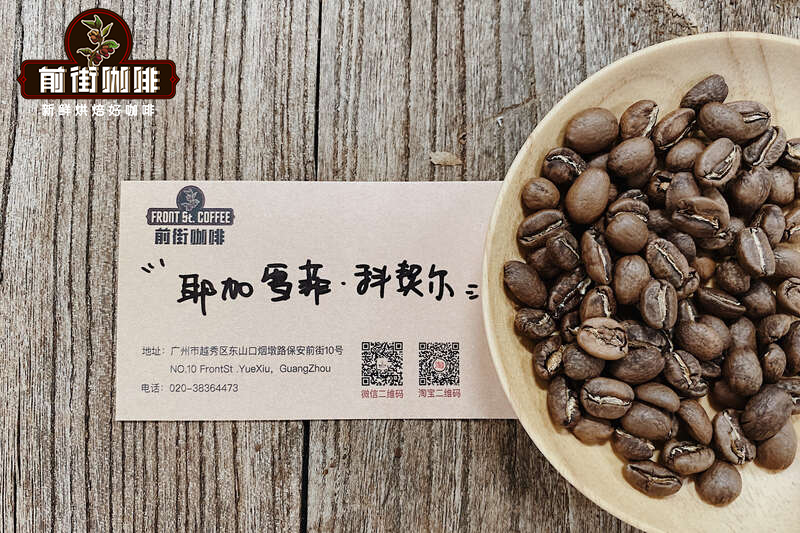
Red Cherry Project
The "Red Cherry Project" (ORC) is a project to improve the quality of small-scale farms. In 2007, Trabocca, the largest raw bean manufacturer in the Netherlands, proposed the "Red Cherry Project" in pursuit of high-quality Essex beans. The plan requires that raw coffee beans should be picked not only by red fruit, but also by hand, but this is only the most basic requirement, and the plan is far from simple. The main purpose is to encourage soybean farmers and surprise roasters. Trabocca, the largest coffee bean manufacturer in the Netherlands, invited all Ethiopian farms to produce small batches of beans of about 1500 to 3000 kilograms (25,50 bags) before the harvest season. Women can only choose fully 100% ripe red cherries, which differ greatly in the flavor of the brewed coffee. So attentive and industrious Ethiopian women are important drivers of the Red Cherry Project.
The red cherry project is also a reinforcing method, which makes the farm pay more attention to the process of selecting beans. The prices of these coffee are also relatively high. Red cherry operations include washing, sun-drying beans, half-washing, half-sun, experimental coffee and so on. The main producing areas are Yegashifi, Sidamo, Penga Forest, Lekanti, Ken Bata, Iruba, Hara, Lim, joining Coroja Golocha in 2011 (near Harald), etc. These are unique flavors and can fully show the flavor of Ethiopian coffee. Trabocca will choose from them after receiving the coffee. Farms that have passed the cup test quality test in Ethiopia and the Netherlands will pay high bonuses. Trabocca, the promoter of the Red Cherry project, invests all the profits earned in recent years in cooperative farms. Trabocca stressed that this is an unprofitable plan, so the company only uses four people, including the boss and secretary, to implement the red cherry plan, and other administrative related matters are supported by the parent company to reduce administrative expenses, and all the profits go back to the cooperative farm.
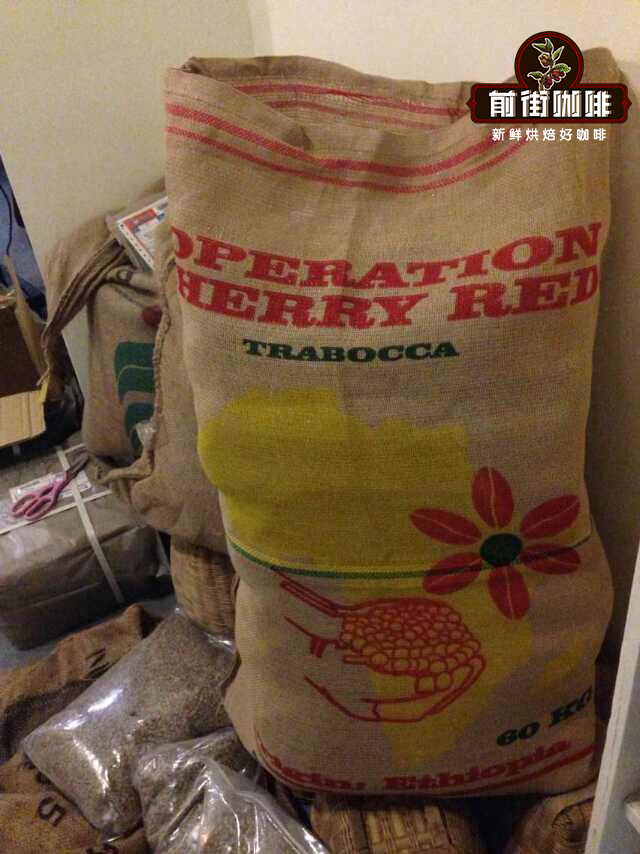
First of all, the requirement of cup test score is high. In the Amsterdam cup test rooms of Ethiopia and the Netherlands, Trabocca will screen the coffee shipped from its origin and judge whether the coffee beans are up to standard through two cup tests in Ethiopia and the Netherlands. The coffee beans up to the standard will be auctioned by Trabocca to coffee buyers around the world. Generally, the transaction price of coffee beans auctioned through this platform can reach more than 4 times the spot price of international coffee, and the highest even reaches 20 times.
Secondly, the requirement of output is small and the requirement of quality is high. In order to have enough energy to take care of the top beans in Ethiopia, Trabocca suggested that the beans involved in the program must be in small batches, probably between 1500kg-3000kg.
Finally, Trabocca has paid much attention to this project because of its great investment and attention. Trabocca donated new sun drying racks, sunshade nets, generators and so on. At the same time, it also provides financial loan support, new hardware equipment and production processing knowledge and technology to help farmers improve their production level. In addition, through real-time monitoring and safe transportation, we can ensure that the beans of the "Red Cherry Project" can be taken care of in every link.
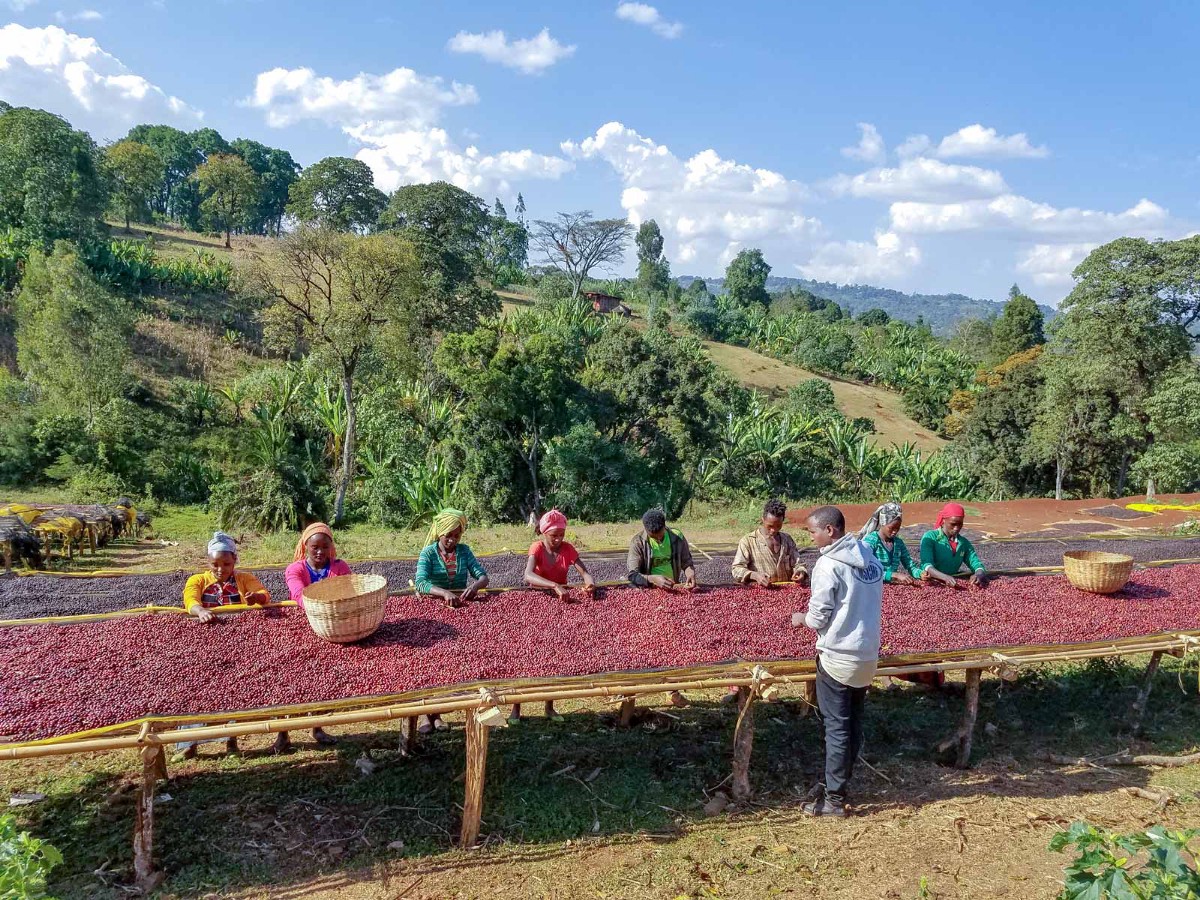
Specifically, Red Cherry plans to increase the purchase price of high-quality raw coffee beans to encourage coffee farmers to pay more attention to every process of picking and processing coffee beans. The coffee beans produced in this way are of better quality and taste, and can be better recognized in the end market, thus balancing the relatively high purchase price of coffee.
Yega Chuefei Red Cherry Solar G1
Country: Ethiopia
Region: Yega Xuefei
Processing plant: Altland
Altitude: 2300m
Variety: native species
Treatment: sun treatment
Flavor: berries, lemons, strawberries, fermented wine
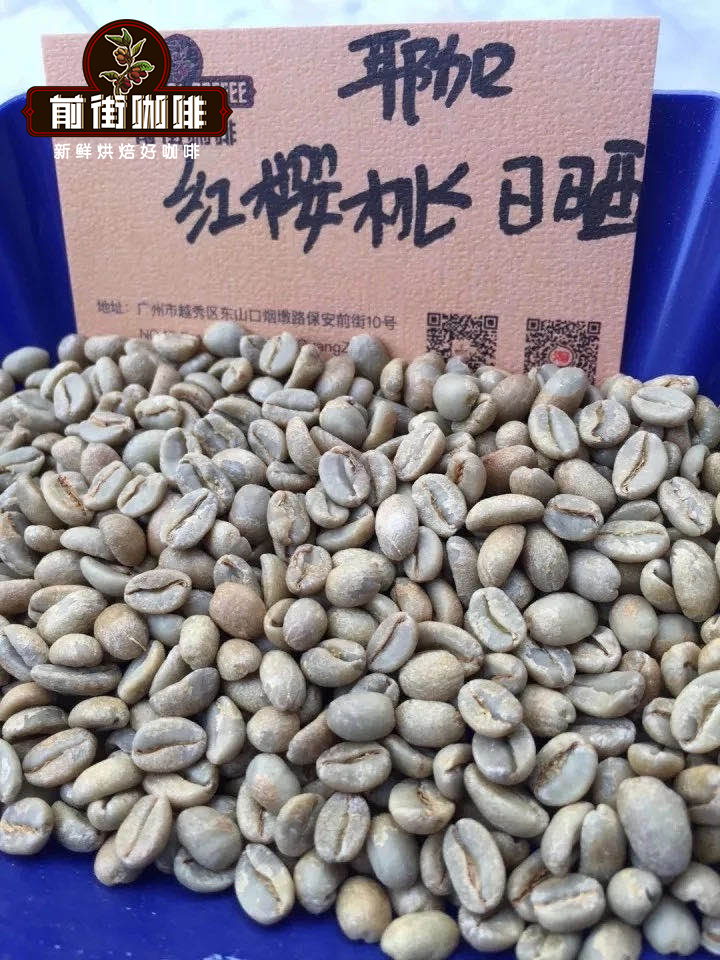
Raw bean comparison
Red cherry belongs to the G1 level, from the raw beans to see the color of yellow and green, is a typical sun-cured coffee color, the particles are uniform and full, less defective beans.
In the process of processing, Cochel water-washing refined method usually removes the silver skin from the coffee beans, showing a special luster and looks more green and bright, but the dry and delicate French red cherries just take off the coffee shell, and the silver skin is still intact.
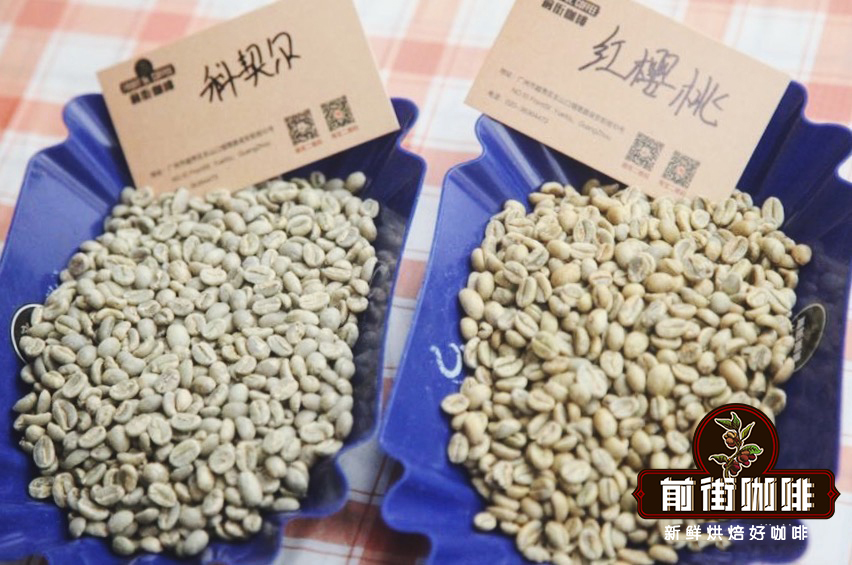
Silver Skin/Chaff: there is a thinner film inside the parchment that wraps the coffee beans. Because the color is glossy and silvery, people used to call it "silver skin".
Comparison of cooked beans
After baking, the silver skin of sun-red cherries is less, and the silver skin of raw beans is relatively more because it takes off more thoroughly when baking, while the silver skin of washed Kochel is more, and there is more silver skin in the beans, which will be left after baking. Of course, it is directly related to the baking degree. The deeper the baking, the cleaner the silver skin will take off.
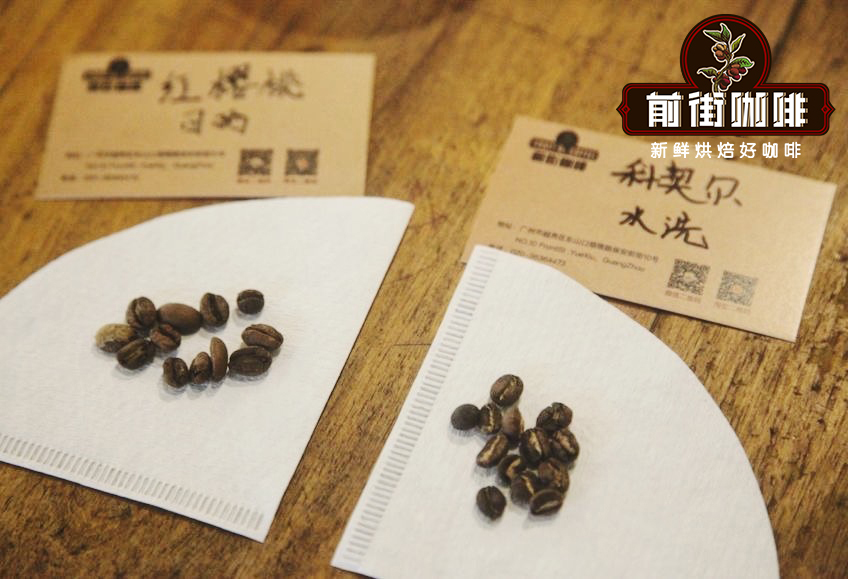
Baking comparison
Roaster Yangjia 800N (baking capacity 5500 grams)
Red cherry
Qianjie Coffee Bean Baker operates: the furnace temperature is 200 degrees Celsius, the throttle is opened 3, the firepower is 150C, the throttle is unchanged, the temperature recovery point is 150C, the throttle is 35 ", when the furnace temperature is 140℃, the firepower is adjusted to 180C, the throttle is opened to 4; at this time the bean watch turns yellow, the smell of grass disappears completely, and enters the dehydration stage, when the furnace temperature reaches 170℃, the firepower is adjusted to 150C, and the throttle remains unchanged.
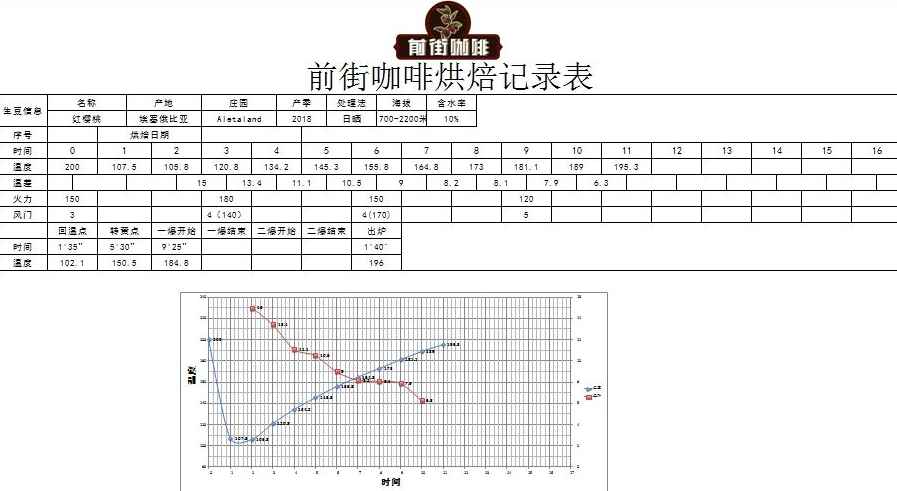
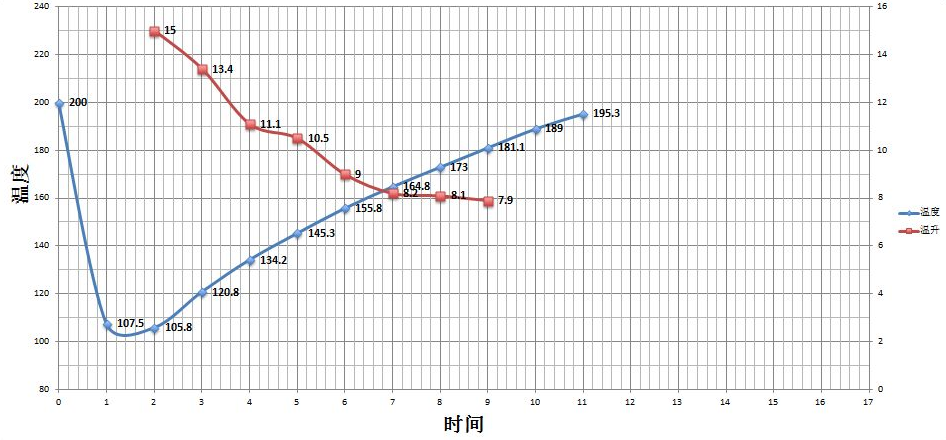
The smell of toasted bread has obviously changed to the smell of coffee, which can be defined as a prelude to an explosion. At this time, it is necessary to listen carefully to the sound of the explosion point. When the explosion starts, the firepower is adjusted to 120 degrees Celsius, the throttle is adjusted to 5, and the smell of toast is obviously changed to the smell of coffee.
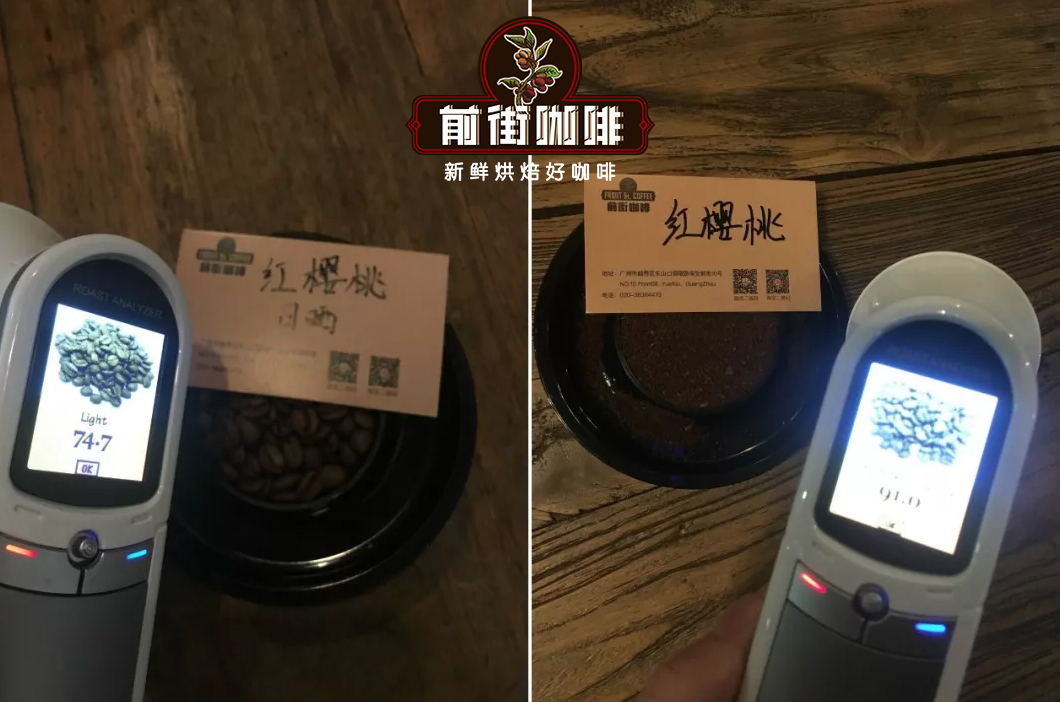
Agrton bean color value is 74.7 (left), Agrton pink value is 91 (right) Roast Delta value is .316.
Cochel.
Qianjie Coffee Bean Baker operates: the furnace temperature is 200 degrees Celsius, the throttle is opened 3, the firepower is 160C, the throttle is unchanged, the temperature recovery point is 31mm, the throttle is 32 ", the furnace temperature is adjusted to 3.5at 151C, when the furnace temperature is 140℃, the firepower is adjusted to 180C, the throttle remains unchanged; at this time the bean table turns yellow, the smell of grass disappears completely and enters the dehydration stage.
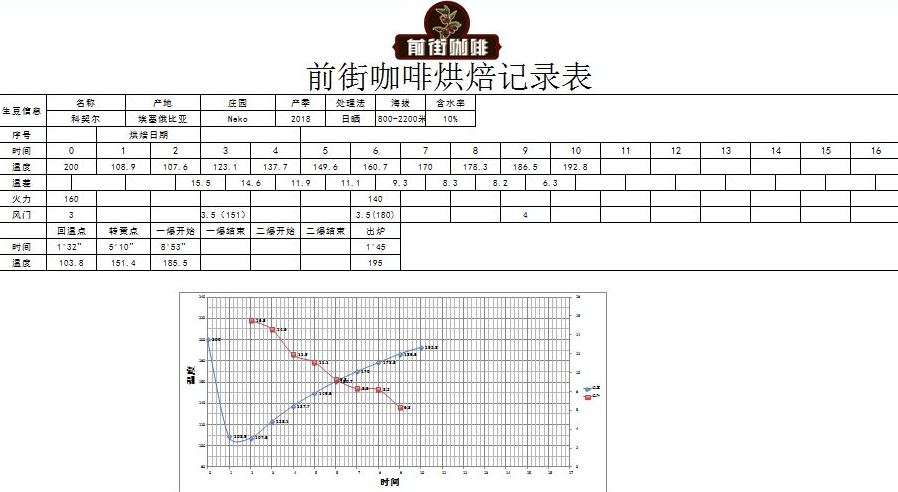
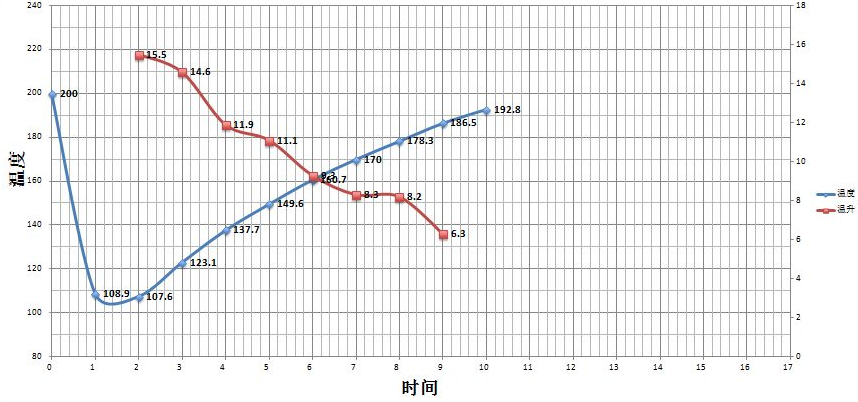
The smell of toasted bread has obviously changed to the smell of coffee, which can be defined as a prelude to an explosion. At this time, it is necessary to listen carefully to the sound of the explosion point. The sound of the explosion point starts to explode, the firepower remains unchanged at 180, the throttle is adjusted to 4, and the smell of the toast is obviously changed to coffee, which is put into the pot at 195 degrees.
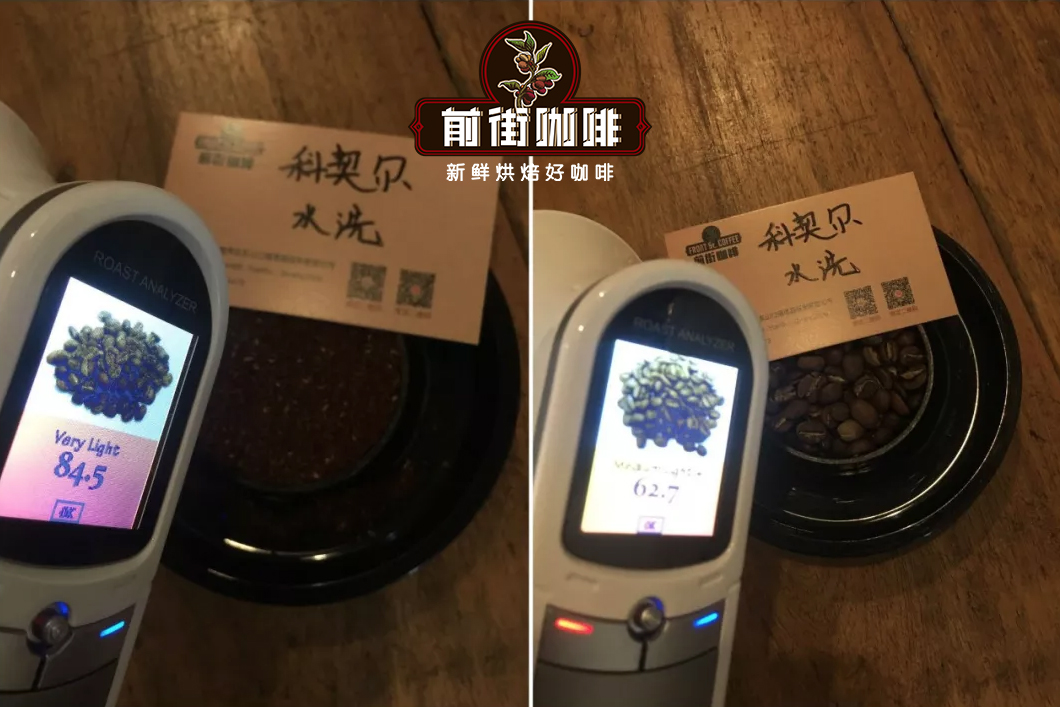
The Agrton pink value is 84.5 (left), and the Agrton bean color value is 62.7 (right). The Roast Delta value is 21.8.
Cup test comparison
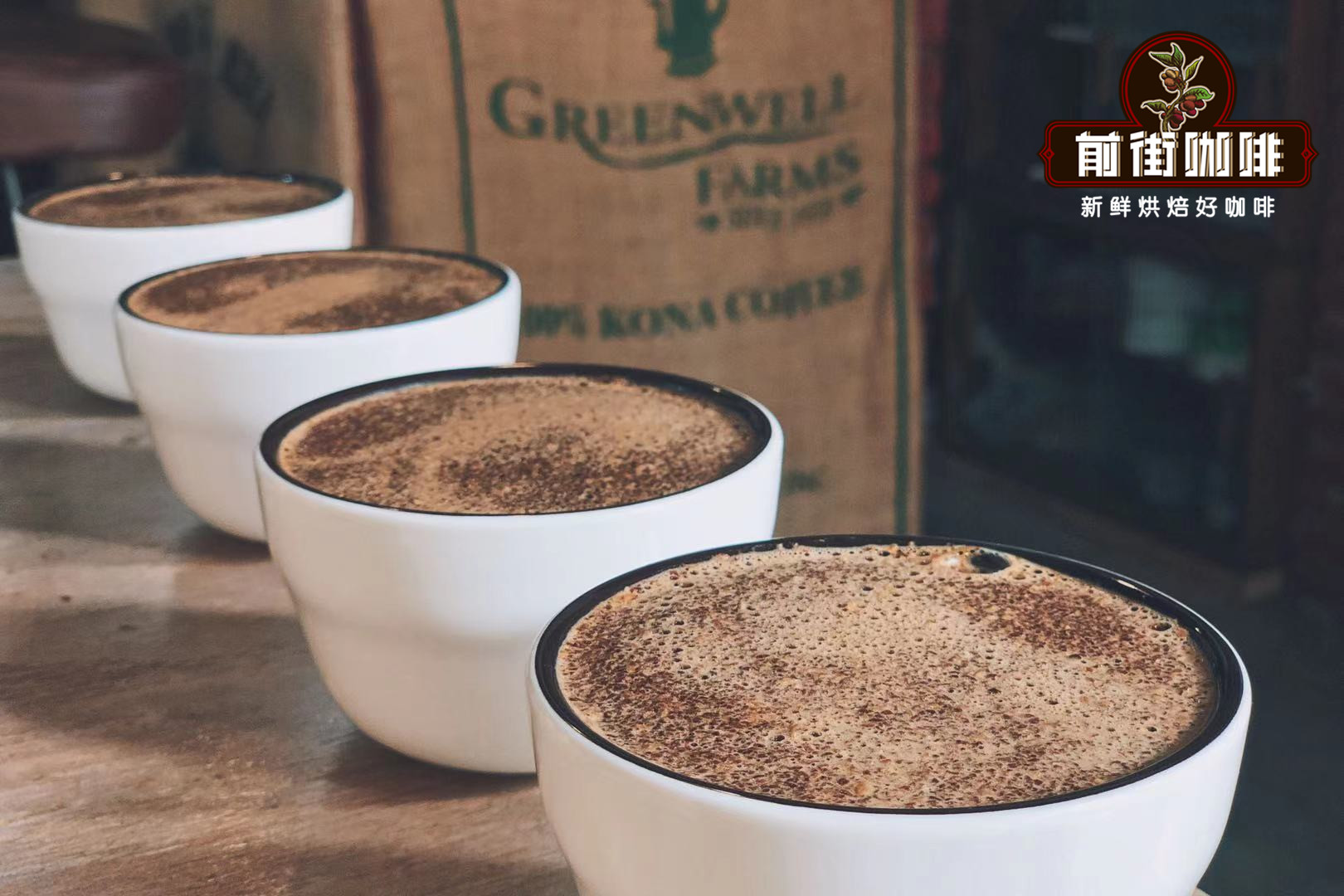
Qianjie coffee partners tested the cups of sun-red cherries and washed Cochel coffee respectively, and the flavor was summarized as follows:
Red cherry cup test: fermented taste, citrus, lemon, salary, grape, oolong, berries, flower aroma, caramel
Cochel cup test: citric acid, green tea, citrus, jasmine, orange, nut, flower.
Comparison of cooking and cooking in smart cup
Cooking parameters: 15g powder / BG-5R/1:15/90 ℃
Cooking method: directly pour water to 225 grams, wait 3: 45 "seconds and then filter into the sharing pot, see the powder bed and remove it for 4 minutes.
Red cherry: lemon, licorice, citrus, berries, sweet orange, the overall sweetness is high, Huigan has the flavor of caramel and cream, with black tea aroma.
Cochell: lemon, flower, orange, sugar, clean and refreshing as a whole, Huigan has the flavor of honey and the finish of oolong tea.
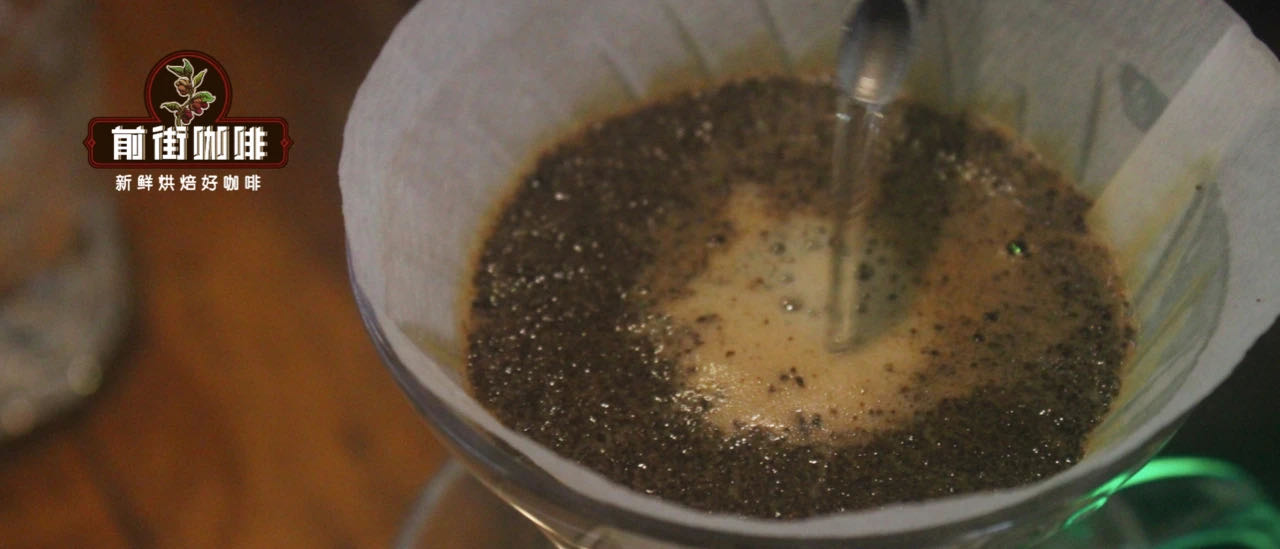
In terms of the flavor of cooking, the overall taste of red cherries is mellow and sweeter than Kochel, while Kochel is clean and refreshing, sour and lively, slightly less sweet and fruity.
Summary:
Red cherry, yellow and green from raw beans, is a typical color of sun-cured coffee, with uniform and full grains and few defective beans. In the process of processing, Cochel water-washing refined method usually removes the silver skin from the coffee beans, showing a special luster and looks more green and bright, but the dry and delicate French red cherries just take off the coffee shell, and the silver skin is still intact.
Yega Xuefei's coffee grading system is not based on the number of items, but on the proportion of defective beans in the total number of raw beans. Commonly seen are wash G2 and sun G3 Yega Chuefei, G1 is the highest grade, Yega Xuefei, which has the lowest defect rate and the best quality, can be rated as Grade 1 only after hand selection.
For more boutique coffee beans, please add private Qianjie coffee on Wechat. WeChat account: kaixinguoguo0925
Important Notice :
前街咖啡 FrontStreet Coffee has moved to new addredd:
FrontStreet Coffee Address: 315,Donghua East Road,GuangZhou
Tel:020 38364473
- Prev

History, Culture, stories and allusions of San Pedro Manor San Pedro, Ecuador
Professional barista exchanges please follow the coffee workshop (Wechat official account cafe_style) Ecuador San Pedro Manor San Pedro Chateau San Pedro boutique beans history and culture, stories and allusions directly to the cup test scores and overall comments on the cup test date: 2010.12.30 dry aroma: 9 wet aroma: 8 clean: 9 brightness: 8 taste: 8 balance: 9 complexity: 8 sweetness: 10 acidity:
- Next

Flavor characteristics, production area and cooking parameters of single bean in Yega Fischer area
For the exchange of professional baristas, please pay attention to the flavor characteristics, production areas and brewing parameters of individual beans in the coffee workshop (Wechat official account cafe_style). Ethiopia Cochel washing Debu G1 Ethiopia Kochere Washed DEBU G1 ■ country: Ethiopia ■ producing area: Cochel, Debu ■ altitude: 1600m-2500m ■ treatment
Related
- Does Rose Summer choose Blue, Green or Red? Detailed explanation of Rose Summer Coffee plots and Classification in Panamanian Jade Manor
- What is the difference between the origin, producing area, processing plant, cooperative and manor of coffee beans?
- How fine does the espresso powder fit? how to grind the espresso?
- Sca coffee roasting degree color card coffee roasting degree 8 roasting color values what do you mean?
- The practice of lattes: how to make lattes at home
- Introduction to Indonesian Fine Coffee beans-- Java Coffee producing area of Indonesian Arabica Coffee
- How much will the flavor of light and medium roasted rose summer be expressed? What baking level is rose summer suitable for?
- Introduction to the characteristics of washing, sun-drying or wet-planing coffee commonly used in Mantenin, Indonesia
- Price characteristics of Arabica Coffee Bean Starbucks introduction to Manning Coffee Bean Taste producing area Variety Manor
- What is the authentic Yega flavor? What are the flavor characteristics of the really excellent Yejasuffi coffee beans?

